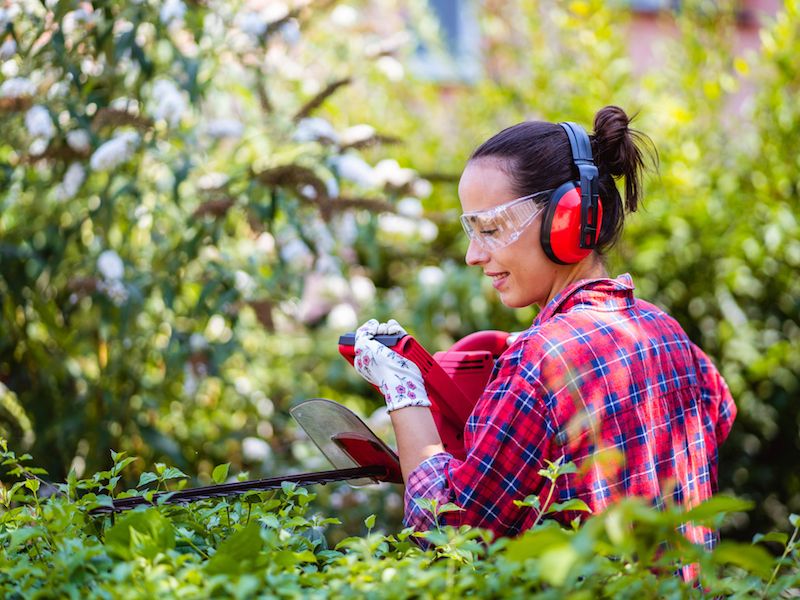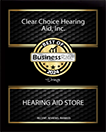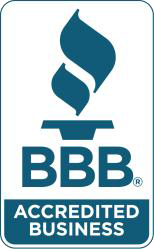
Protecting your hearing is a lot like eating right. It’s difficult to know where to begin even though it sounds like a good idea. This is particularly true if you don’t consider your daily environment to be especially noisy and there aren’t any noticeable dangers to your ears. But your ears and senses can be stressed by day-to-day living, so practicing these hearing protection techniques can help preserve your auditory acuity.
If you want to continue to enjoy the sounds around you, you should do everything you can to impede down the impairment of your hearing.
Tip 1: Hearing Protection You Can Wear
Using ear protection is the most practical and basic way to safeguard your hearing. This means taking basic actions to minimize the amount of loud and harmful noises you’re exposed to.
For most people, this will mean wearing hearing protection when it’s needed. Two general forms of protection are available:
- Ear Muffs, which are placed over the ears.
- Ear Plugs, which are put in the ear canal.
Neither form of hearing protection is inherently better than the other. Each type has its benefits. What’s important is that you get some hearing protection that you feel comfortable with.
Tip 2: When Sound Becomes Harmful, be Aware of It
But when to use hearing protection is the question. Noise that is painful is usually regarded as harmful. But in reality, noises can begin to damage your hearing at a much lower volume than you might anticipate. After only a couple hours, for example, the sounds of traffic are enough to damage your hearing. Knowing when sound becomes harmful, then, is a necessary step in safeguarding your hearing.
Usually sounds become harmful at the following levels:
- Over 100 dB: Your ears can be very rapidly damaged by this. Damage is done in around thirty seconds with sounds over this threshold. For example, rock concerts and jet engines will damage your ears in 30 seconds.
- 85 decibels (dB): After around two hours this level of sound is hazardous.This is the level of sound you’d expect from a busy city street or your hairdryer.
- 95-100 dB: This is the normal volume of your earbuds or the level of farm equipment. This volume of noise becomes damaging after 15-20 minutes.
Tip 3: Your Phone Can Become a Sound Meter
Now that we have a basic idea of what volume of sound may be harmful, we can take some precautions to make sure we limit our exposure. But in real life, it can be difficult trying to measure what is too loud and what isn’t.
That’s where your smartphone can become a handy little tool. There are dozens of apps for iPhone, Android, and everything in between that turn your device’s microphone into a sound meter.
In order to get an understanding of what harmful levels of noise really sound like, use your sound meter to check the decibel level of everything you are hearing.
Tip 4: Keep Track of Your Volume Settings
Most people these days listen to music using their phone or smart device, and they normally use earbuds while they do it. This creates a risky situation for your hearing. Your hearing can be considerably harmed if you set your earbuds to high over a long period of time.
So keeping an eye on the volume control means protecting your hearing. You should not raise the volume in order to drown out sounds somewhere else. in order to make certain that volume doesn’t get too loud, we recommend using volume settings or app settings.
Earbud use can become a negative feedback loop if your hearing starts to decline; you could find yourself constantly raising the volume of your earbuds in order to make up for your faltering hearing, and in the process doing more damage to your hearing.
Tip 5: Have Your Hearing Tested
You may think of a hearing test as something you schedule when your hearing has already started to decline. The problem is that it’s not always easy to detect a problem in your ears without a standard to compare results to.
Creating data that can be used for both diagnostic applications and for treatment can be best achieved by scheduling a hearing exam and screening. This will give you a little extra context for future hearing choices and ear protection.
Pay Attention to Your Hearing
In an ideal world, protecting your hearing would be something you could do continuously without any problem. But there are always going to be difficulties. So safeguard your ears when you can, as often as you can. Also, get regular hearing examinations. Use these suggestions to improve your chances.










